Types of Flowers
Flowers are among the most versatile and expressive elements of nature. They can be organized in many ways – by color, season, use, or rarity – which helps gardeners, florists, and enthusiasts select the perfect blooms for gardens, bouquets, or special occasions. This guide explores the major categories of flowers, from timeless reds and whites to unusual black varieties, seasonal favorites, and even rare exotic species. Whether planning a colorful border, curating a bouquet, or simply learning about new plants, understanding the types of flowers available allows for more informed and inspired choices.
White flowers bring brightness and a sense of purity to any setting. They complement every other color and create a clean, sophisticated look in plantings and arrangements. In twilight or by moonlight, pale blooms seem to glow, adding a touch of magic to evening gardens. Many white varieties, from lilies to jasmine, are also highly fragrant, making them favorites for moon gardens and bridal bouquets.
Most popular white flowers:
- Daisy (Leucanthemum × superbum) – A classic white-petaled flower with a bright yellow center, long associated with innocence. Daisies bloom prolifically from early summer onwards and require minimal care, making them a beloved staple in cottage gardens.
- Lily (Lilium spp.) – Statuesque bulbs that produce large white trumpet-shaped blooms, many with a sweet fragrance. White lilies (such as the famous Easter Lily) symbolize purity and thrive in sunny spots with well-drained soil, filling summer gardens with elegance and perfume.
- Jasmine (Jasminum officinale) – A twining vine noted for clusters of starry white blossoms that release a sweet perfume, especially after dusk. Jasmine vines flourish in warm climates or containers and have flowers often used for tea flavoring and perfumes.
- Gardenia (Gardenia jasminoides) – An evergreen shrub with glossy leaves and waxy, snow-white blooms renowned for their rich fragrance. Gardenias bloom in warm weather and are prized in Southern gardens and bridal bouquets, though they demand humid air, acidic soil, and a bit of pampering.
- White Orchid (Phalaenopsis spp.) – An elegant tropical plant that bears arching sprays of long-lasting white flowers. Moth orchids (Phalaenopsis) are popular houseplants, bringing exotic beauty indoors. They prefer bright, indirect light and humid conditions, and can bloom for weeks on end.
- Lily of the Valley (Convallaria majalis) – A petite woodland perennial that produces strings of tiny bell-shaped white flowers in mid-spring. Despite its delicate appearance and lovely orange-blossom scent, this shade-loving plant is quite hardy and will naturalize over time (note: all parts are poisonous if ingested).
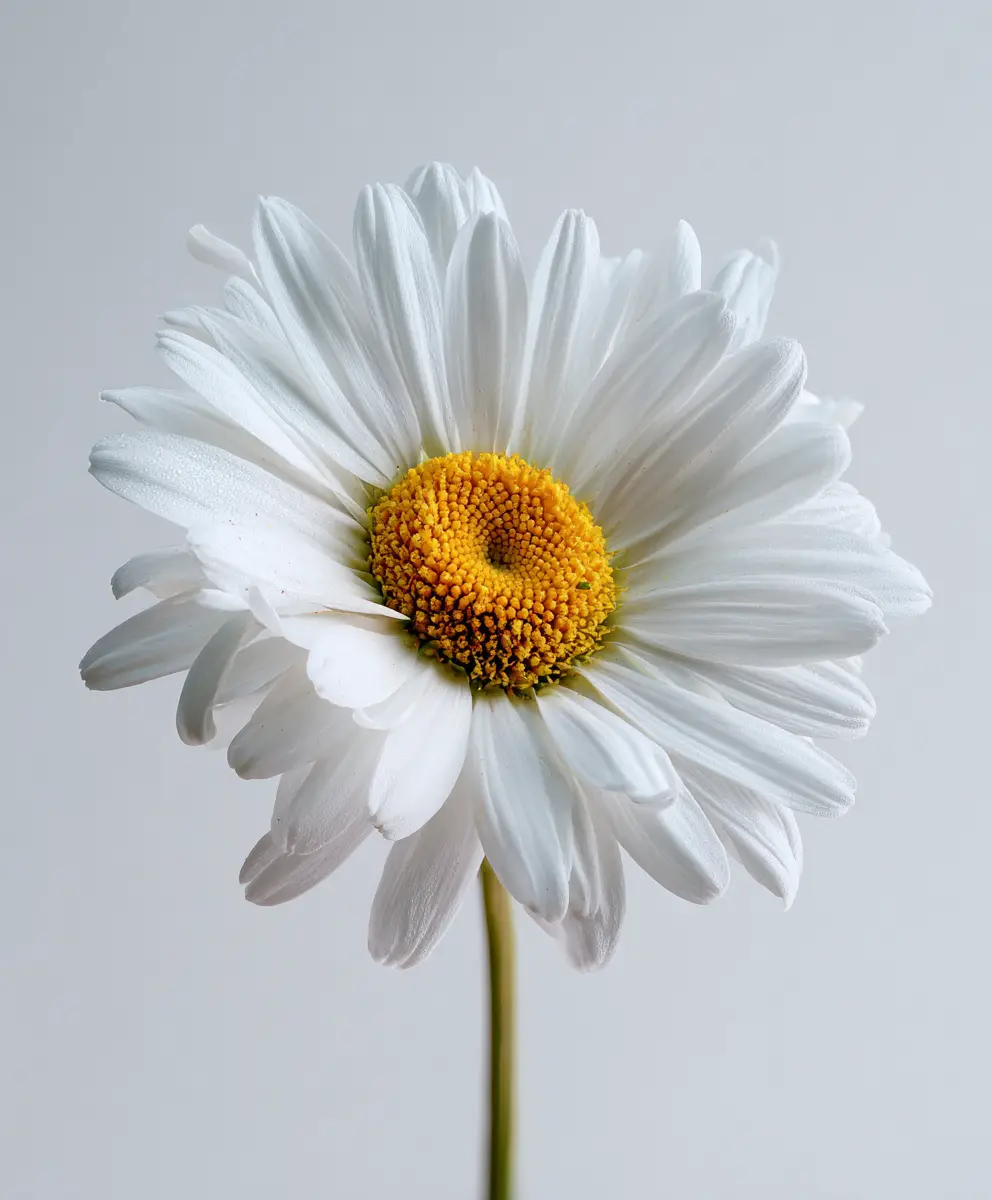

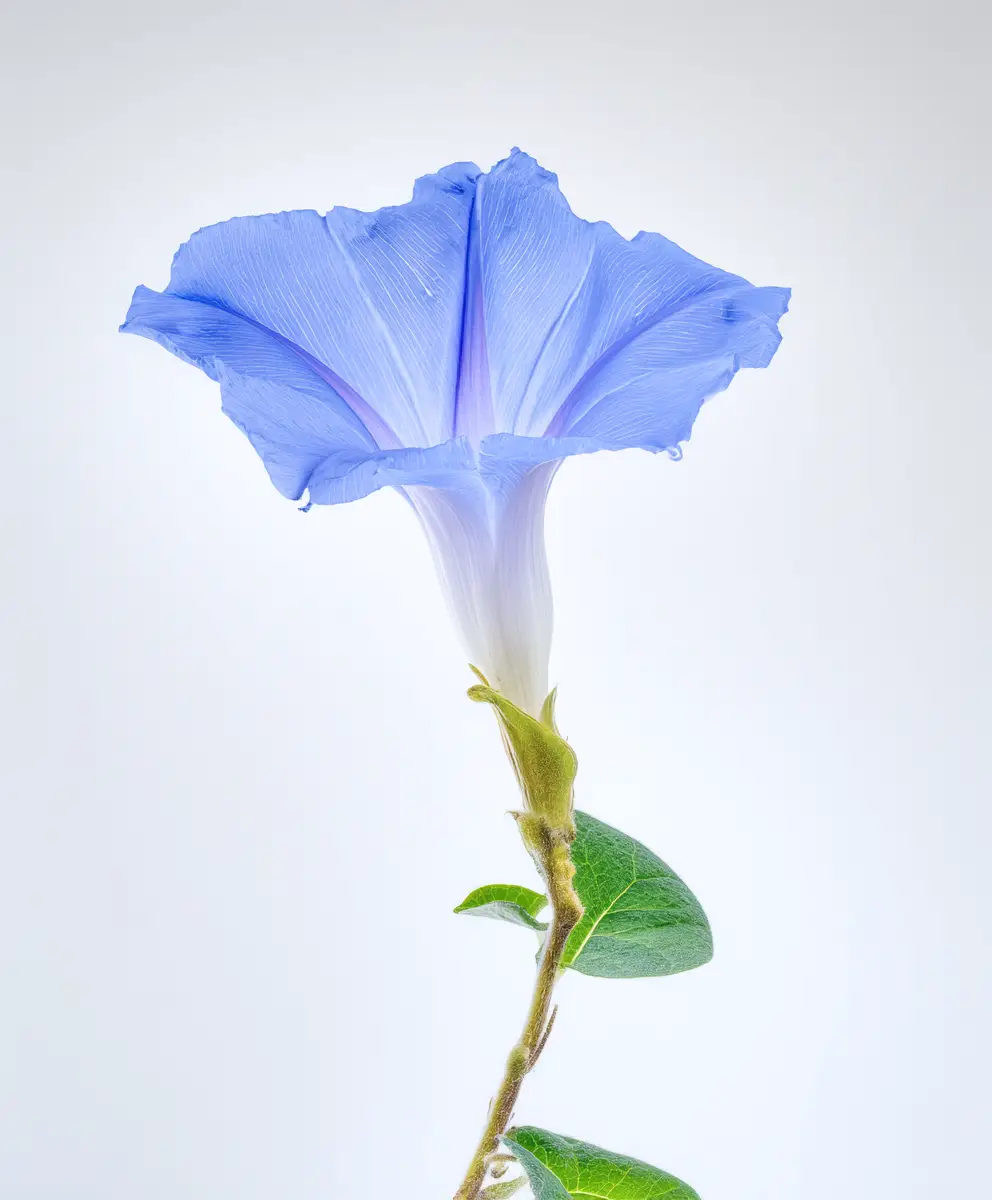
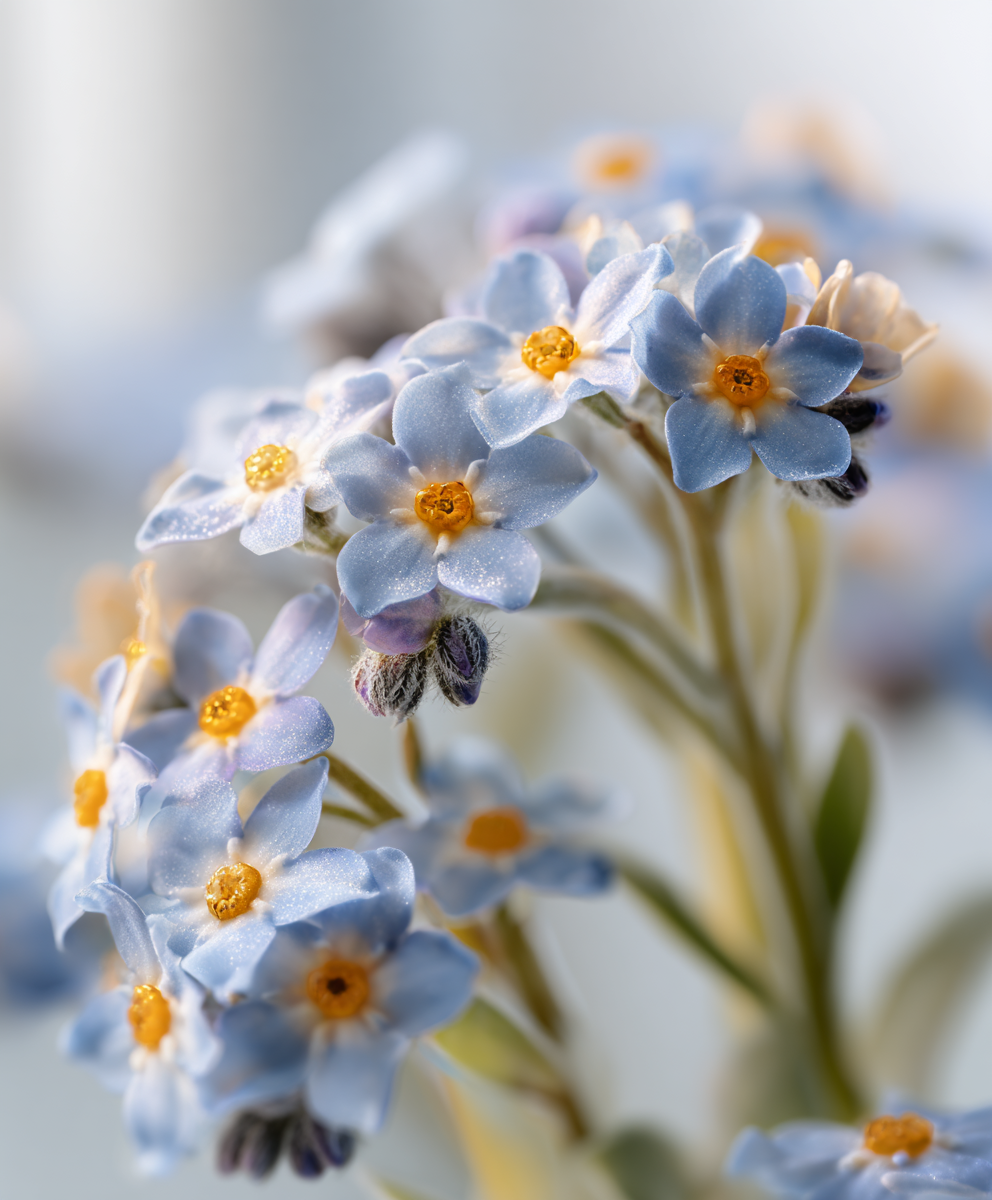
Blue flowers are cherished for their calming effect and their relative rarity in nature’s palette. True blue blooms often hail from alpine meadows or woodland glades, which makes them prized treasures in gardens. These cool-toned blossoms can accentuate calm, serene color schemes and evoke a sense of tranquility. From sky-colored delphiniums to azure morning glories, blue flowers lend an air of elegance and introspection wherever they grow.
Most popular blue flowers:
- Hydrangea macrophylla – A flowering shrub known for large, mophead or lacecap clusters that can shift from pink to true blue in acidic soils. Blue hydrangeas lend a lush, old-fashioned charm to summer borders and prefer partial shade and ample moisture.
- Delphinium (Delphinium elatum) – A stately perennial featuring tall spikes of blossoms in shades from clear sky blue to deep indigo. Delphiniums thrive in cool-summer climates with rich soil, often needing staking for support. Their dramatic vertical blooms add elegance to cottage gardens and lure in butterflies.
- Forget-Me-Not (Myosotis sylvatica) – A low-growing plant that carpets the ground with tiny sky-blue flowers in spring. Often found under shrubs or along shaded paths, it self-seeds readily, ensuring its charming blue blooms return each year with minimal effort.
- Cornflower (Centaurea cyanus) – An easy annual wildflower bearing true cobalt-blue, fringed daisy-like blooms. Also known as bachelor’s button, it brings pops of blue to summer beds and is excellent as a cut flower. Cornflowers thrive in full sun and poor soil, reseeding themselves for the next season.
- Morning Glory (Ipomoea tricolor) – A vigorous twining vine that unfurls luminous blue trumpet-shaped flowers each morning. Fast-growing and heat-loving, morning glories quickly cover trellises or fences. Their ephemeral blooms greet the sunrise and attract pollinators, making a cheerful statement in the summer garden.
Yellow flowers offer instant cheer and sunny energy. They pair well with oranges and reds for warm, vibrant displays, and even a single yellow bloom can brighten a shady corner. Gold and lemon-toned blossoms often symbolize friendship, joy, or new beginnings. Whether it’s spring daffodils heralding the season or summer sunflowers following the sun’s arc, yellow blooms infuse gardens and bouquets with warmth and optimism.
Most popular Yellow flowers:
- Sunflower (Helianthus annuus) – An iconic summer annual with huge golden heads that follow the sun’s daily arc (a phenomenon called heliotropism). Sunflowers thrive in full sun and are drought-tolerant once established. They not only brighten gardens and farm fields but also produce edible seeds that feed birds and other wildlife.
- Marigold (Tagetes spp.) – A warm-season annual forming neat mounds covered in yellow-to-orange blooms. Marigolds are easy to grow and bloom from late spring until frost. Often planted to edge vegetable plots, their distinctive scent is said to repel certain pests. They excel in containers or borders, basking in summer heat.
- Daffodil (Narcissus spp.) – A herald of early spring, known for its bright yellow petals and trumpet-shaped center. Daffodils naturalize well in lawns or woodlands and are toxic to deer and rodents, making them reliably perennial. Give them sun or part shade and well-drained soil, and they will return each year to announce the arrival of spring.
- Yellow Iris (Iris pseudacorus & hybrids) – A wetland iris species with vibrant yellow blooms that thrives in moist soil or at pond edges. Wild yellow flag iris can spread aggressively in boggy areas, while cultivated bearded iris hybrids also come in brilliant yellows and offer stately, ruffled flowers in late spring. All irises prefer sun and form elegant sword-like foliage.
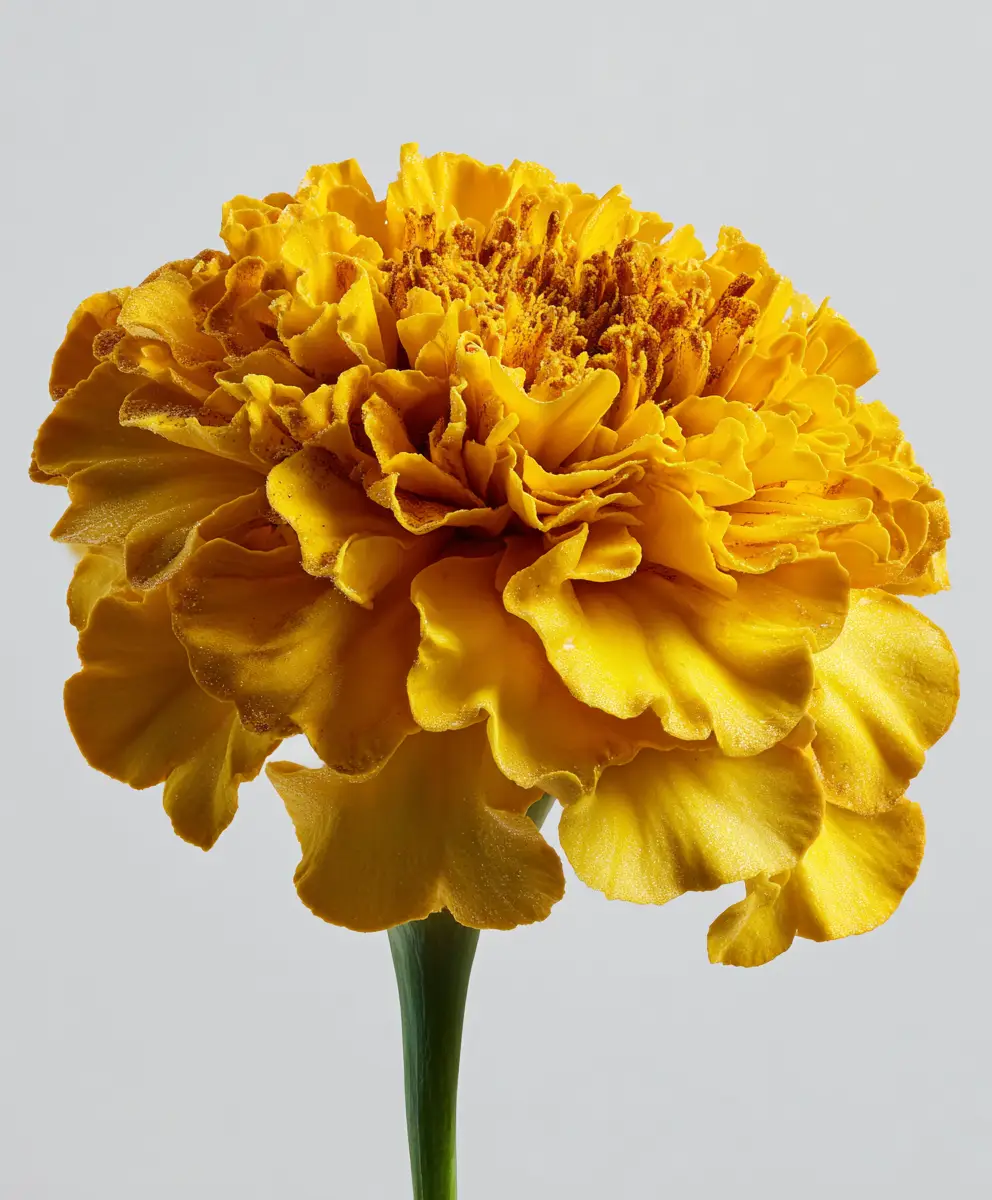
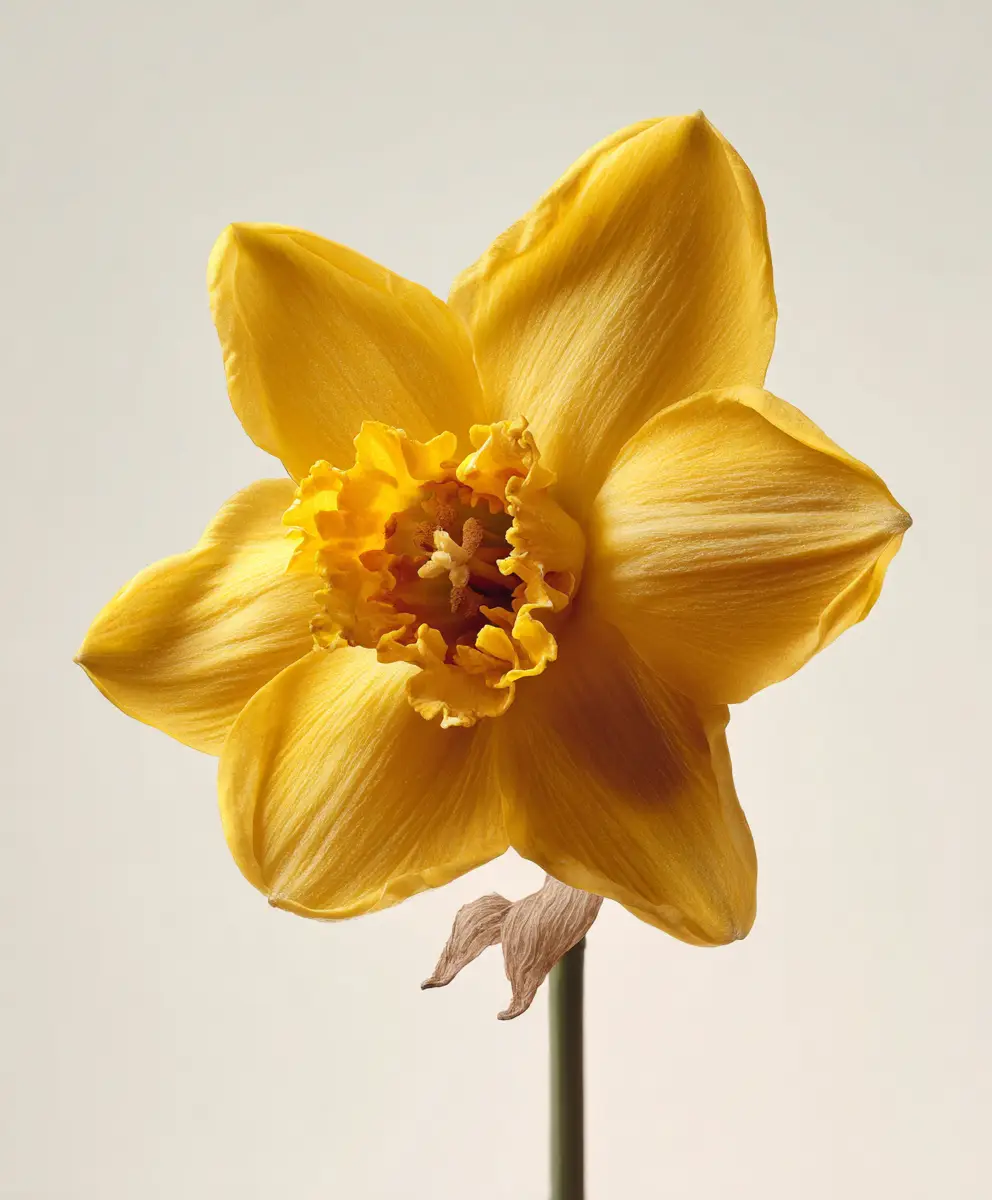
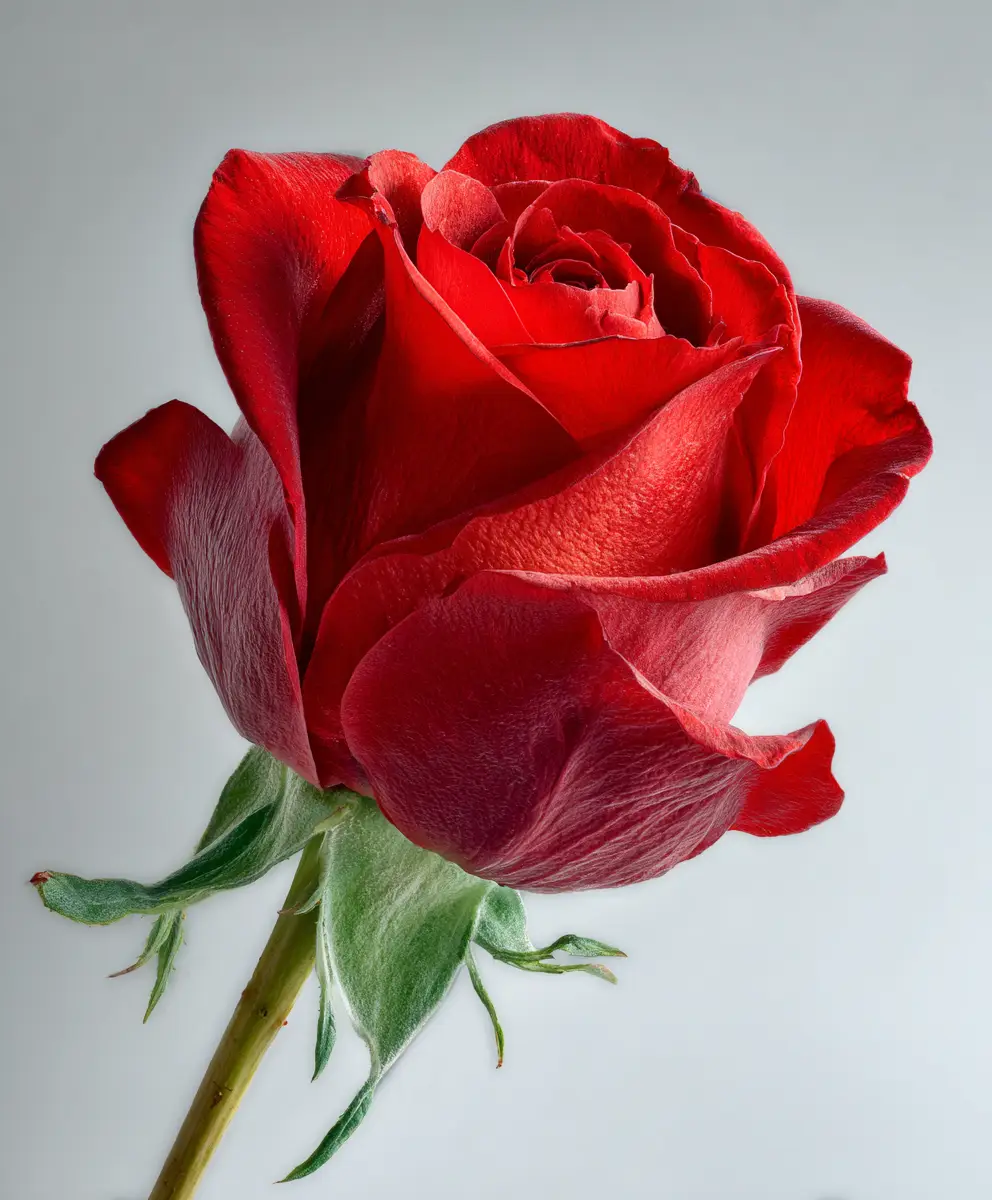
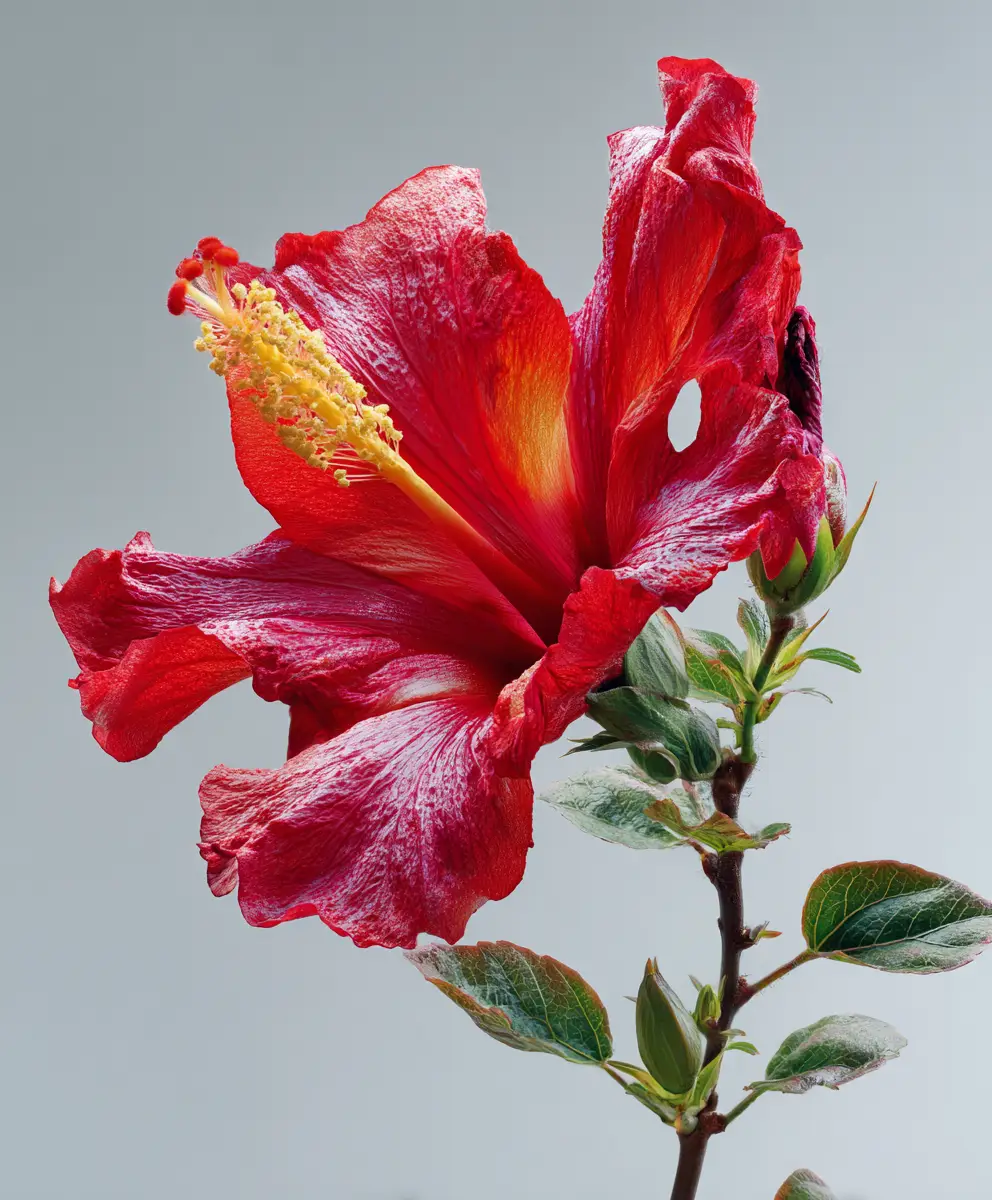
Red flowers make a powerful statement, symbolizing passion, courage, and love. They serve as bold focal points in any garden, drawing the eye even from a distance. Many red blooms – from classic roses to tropical hibiscus – thrive in bright sun and heat, attracting hummingbirds and butterflies with their vibrant hues. Used in moderation, red blossoms can enliven a landscape; in abundance, they create dramatic, passionate displays both in the garden and in floral arrangements.
Most popular red flowers:
- Rose (Rosa spp.) – The classic red rose is the epitome of love and beauty. Roses range from compact miniatures to expansive climbers, with many modern varieties blooming repeatedly through the season. Though they require routine care (pruning, feeding, and pest watch), their lush red petals, often velvet-textured and fragrant, make them the unrivaled stars of gardens and bouquets.
- Red Tulip (Tulipa hybrids) – A spring-blooming bulb that delivers bold crimson color in beds and pots. Red tulips are among the first splash of vibrant color after winter, and many types can be naturalized in climates with cold winters. Planted en masse, their cup-shaped blooms create a striking carpet of red each April. They prefer full sun and rich, well-draining soil.
- Poppy (Papaver spp.) – A delicate flower with papery scarlet petals that flutter in the breeze. The common field poppy (Papaver rhoeas) self-sows in meadows for a naturalized look, while perennial Oriental poppies boast larger red blooms in late spring. Poppies need full sun and good drainage. Red poppies have also become enduring symbols of remembrance and resilience.
- Hibiscus (Hibiscus rosa-sinensis) – A tropical shrub (often grown as a patio container plant in cooler zones) that produces large red funnel-shaped flowers with prominent stamens. Tropical hibiscus blooms continuously in warm weather, attracting hummingbirds with its nectar. In colder climates, hardy hibiscus varieties can be grown, offering similarly showy red blooms on herbaceous plants. All hibiscus adore sun and consistent moisture.
Pink flowers convey warmth, romance, and gentleness. Their hues range from delicate blush and peach tones to vivid fuchsia, allowing gardeners to create moods from subtle to exuberant. Pinks often soften the landscape, blending beautifully with other colors. Historically symbols of affection and gratitude, pink blooms – whether roses, peonies, or azaleas – add a charming, friendly touch to gardens and bouquets throughout spring and summer.
Most popular pink flowers:
- Garden Rose (Rosa spp.) – Pink roses, from soft blush to vivid magenta, have been cherished in gardens for centuries. These shrubs or climbers offer repeat blooms through summer and often a sweet fragrance. Pink rose varieties symbolize gratitude and admiration. They flourish with full sun, rich soil, and diligent pruning, rewarding the gardener with armloads of classic blossoms year after year.
- Peony (Paeonia lactiflora) – A hardy perennial prized for its sumptuous pink blossoms in late spring. Peonies form clumps of glossy foliage and can live for decades in one spot. Each flower can be up to 6 inches across, bursting with ruffled petals and sometimes a rose-like scent. Peonies prefer cold winters (to set buds) and sunny, well-drained garden sites, where they will regale each spring with an opulent display.
- Pink Tulip (Tulipa hybrids) – A graceful spring bulb available in an array of pink shades from pastel to fuchsia. Blooming in mid-spring, pink tulips are favored for both formal beds and casual cottage gardens. They pair beautifully with whites and purples for an Easter-like palette. Some hardy tulip types will perennialize if left undisturbed. Plant bulbs in fall in sunny, well-drained soil for a reliable spring show.
- Azalea (Rhododendron spp.) – A woody shrub renowned for masses of pink funnel-shaped flowers that brighten spring landscapes. Many azaleas are evergreen, retaining their leaves year-round. They thrive in partial shade and acidic soil rich in organic matter. When in bloom, a mature azalea looks like a cloud of pink. After flowering, minimal pruning is needed to keep their shape. These relatives of rhododendrons prefer cool, moist root zones and reward with year after year of vibrant spring color.
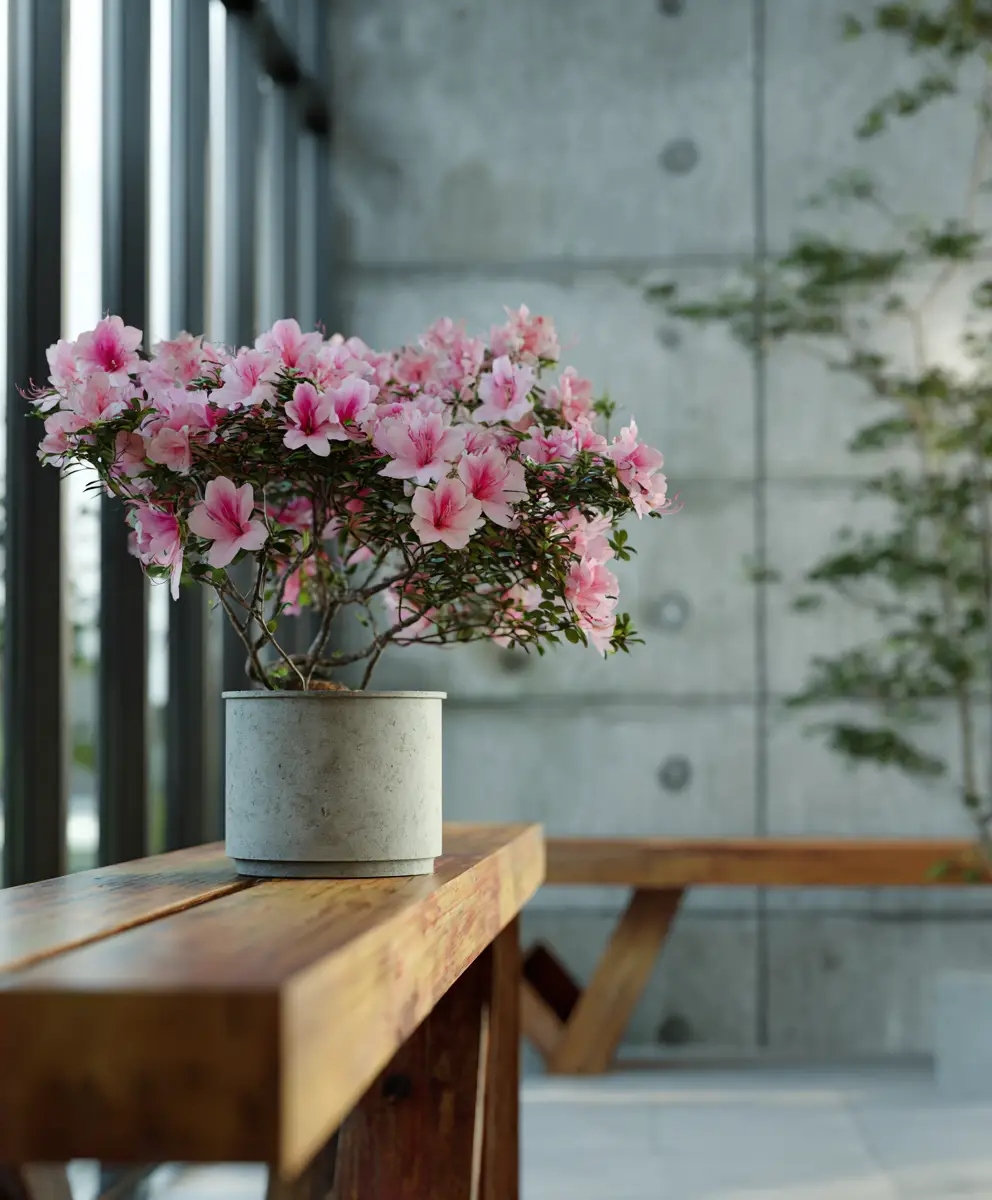
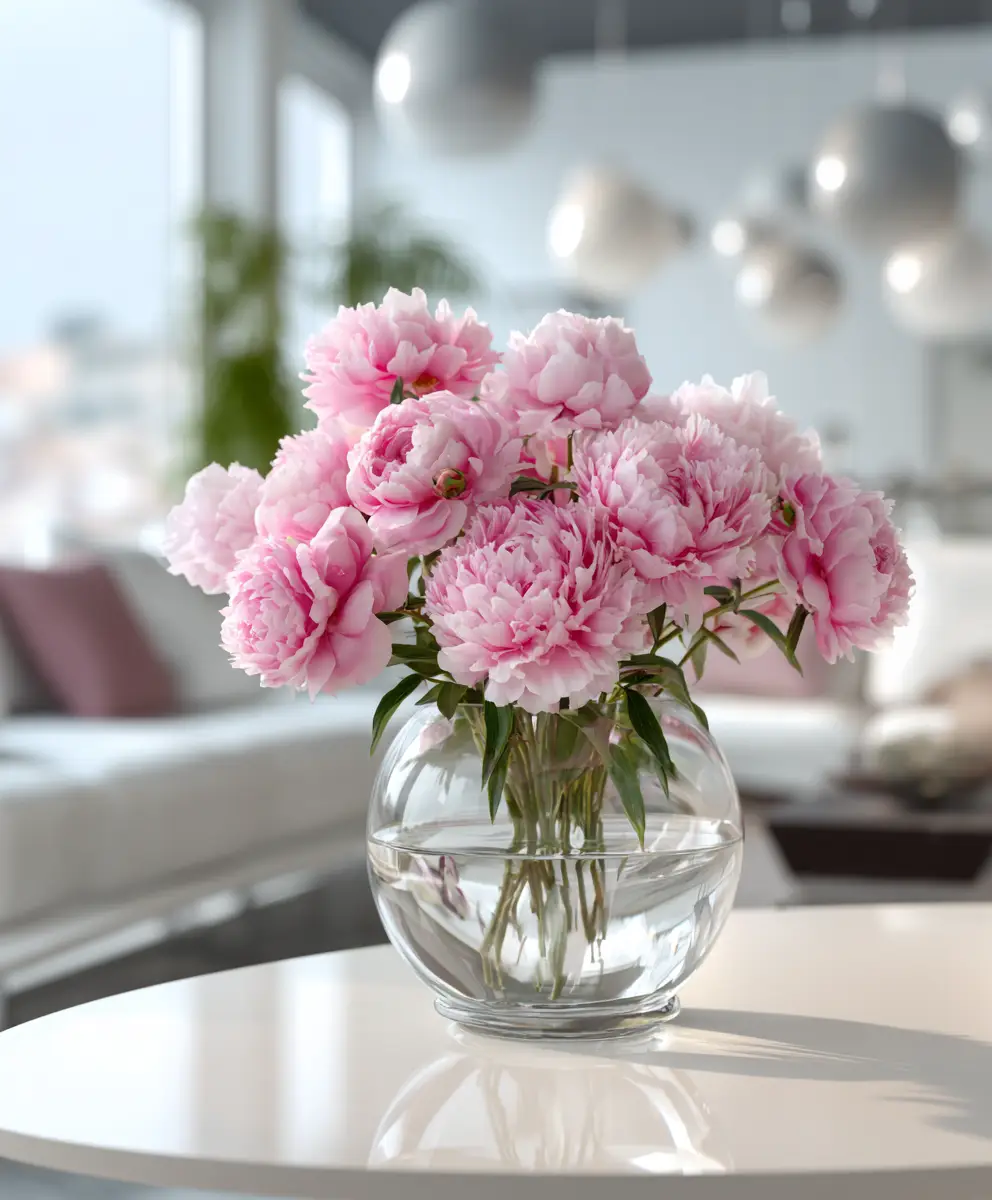

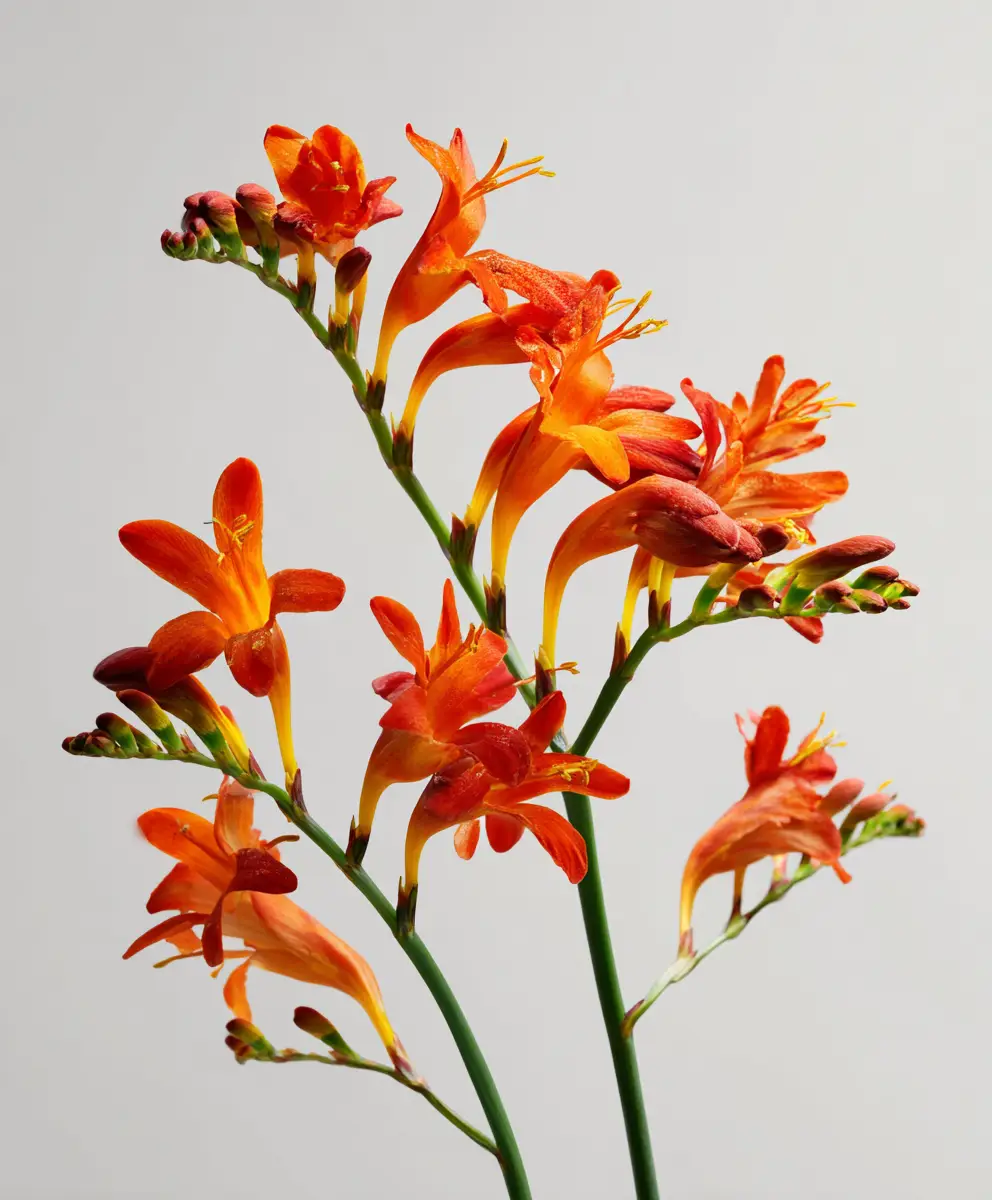
Orange flowers bring warmth, creativity, and a sense of excitement. Often associated with autumn and harvest time, they ensure a garden never goes unnoticed. As a bridge between red and yellow in the color spectrum, orange blooms can pull together a fiery palette or stand out as striking accents. Bright marigolds, tiger lilies, and other tangerine-toned blossoms also attract butterflies and lend an exotic, festive flair to flower beds and cut arrangements.
Most popular orange flowers:
- Marigold (Tagetes spp.) – Bright orange marigolds bring zest to summer gardens. These resilient annuals bloom nonstop from late spring through fall if regularly deadheaded. Heat-loving and unfussy about soil, they’re often used to create borders or fill patio pots with glowing color. Gardeners also value marigolds for their pest-deterring properties in vegetable gardens.
- Tiger Lily (Lilium lancifolium) – A striking orange lily originally from Asia, easily recognized by its black-spotted, recurved petals. Tiger lilies bloom in mid-to-late summer on tall stems and often multiply via little bulbils that form along their stems. They are hardy perennials that come back each year, adding an exotic touch and vibrant orange hue to sunny borders.
- Zinnia (Zinnia elegans) – A fast-growing annual celebrated for its daisy-like flowers in fiery shades of orange (as well as reds, pinks, and purples). Zinnias thrive in heat and sunshine, tolerating drought once established. They bloom heavily from summer until frost. Tall varieties make excellent cut flowers, and their bright blooms are magnets for butterflies in the garden.
- Crocosmia (Crocosmia crocosmiiflora) – A summer-blooming bulb (corm) that sends up arching sprays lined with brilliant orange tubular flowers. Crocosmia lends a tropical flair to perennial borders and is beloved by hummingbirds. It flourishes in full sun and well-drained soil, forming clumps that return annually. Varieties like ‘Lucifer’ produce intense red-orange blooms that cut well for arrangements.
Purple flowers offer depth, mystery, and a touch of luxury. Ranging from pale lavender and lilac shades to deep violet and plum, they enrich gardens by complementing both warm and cool color schemes. Purple has long been associated with royalty and ceremony, and its blossoms often carry an air of elegance. In the garden, plants like lavender and alliums not only provide striking purple color but also tend to be rich in nectar, drawing in butterflies and bees.
Most popular purple flowers:
- Lavender (Lavandula spp.) – A fragrant shrubby herb with slender purple flower spikes that sway above silvery foliage. Native to the Mediterranean, lavender thrives in sunny, dry conditions and poor soils where many other plants struggle. Its blooms peak in summer and are rich in essential oils, valued for sachets and perfumes. Bees and butterflies flock to lavender, while rabbits and deer tend to leave it alone, making it both beautiful and low-maintenance.
- Bearded Iris (Iris germanica) – A stately perennial producing sumptuous purple blossoms (among other colors) in mid-to-late spring. Each iris flower has three upright petals and three drooping petals (“falls”) often adorned with a fuzzy yellow “beard.” These plants prefer full sun and well-drained soil. After blooming, their sword-like leaves continue to add vertical texture. Over time, iris clumps multiply and can be divided to spread their beauty throughout the garden.
- Allium (Allium giganteum) – An ornamental onion prized for its globe-shaped clusters of purple florets perched on tall stems in late spring. Alliums add architectural interest to flower beds; their spherical blooms can reach the size of baseballs. They are easy to grow in sunny spots and are naturally deer and rodent resistant due to their onion scent. Even after flowering, the dried seed heads remain decorative in the garden or vase.
- Lilac (Syringa vulgaris) – A deciduous flowering shrub known for intoxicatingly fragrant clusters of purple-lilac blooms in mid-spring. Lilacs thrive in regions with cold winters, which help set the buds for abundant flowering. Old-fashioned lilac bushes can grow large and live for generations, often found gracing farmsteads. In bloom, they attract bees and butterflies. Newer hybrid varieties include reblooming and more compact forms, but all capture the nostalgic charm of spring.
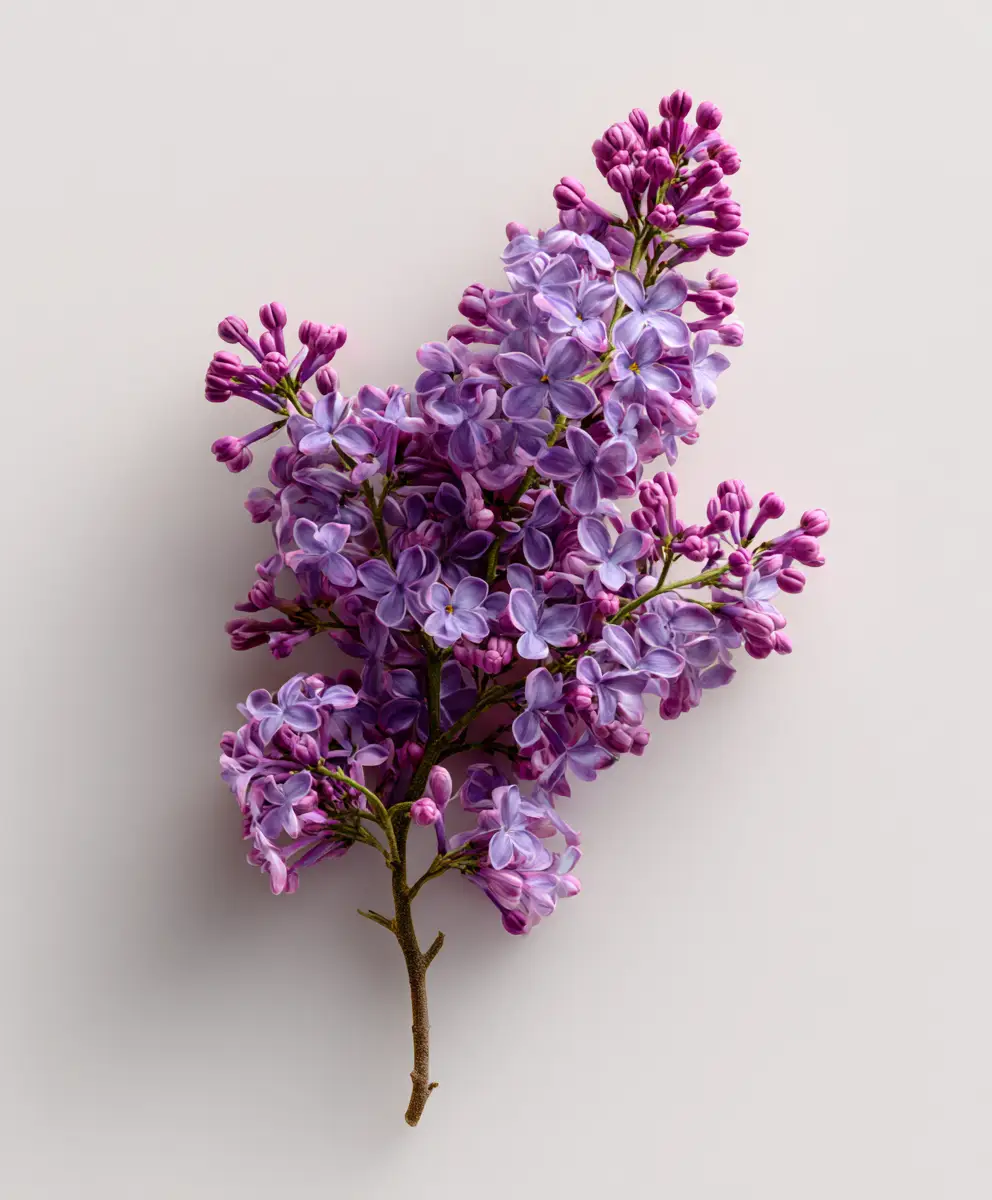
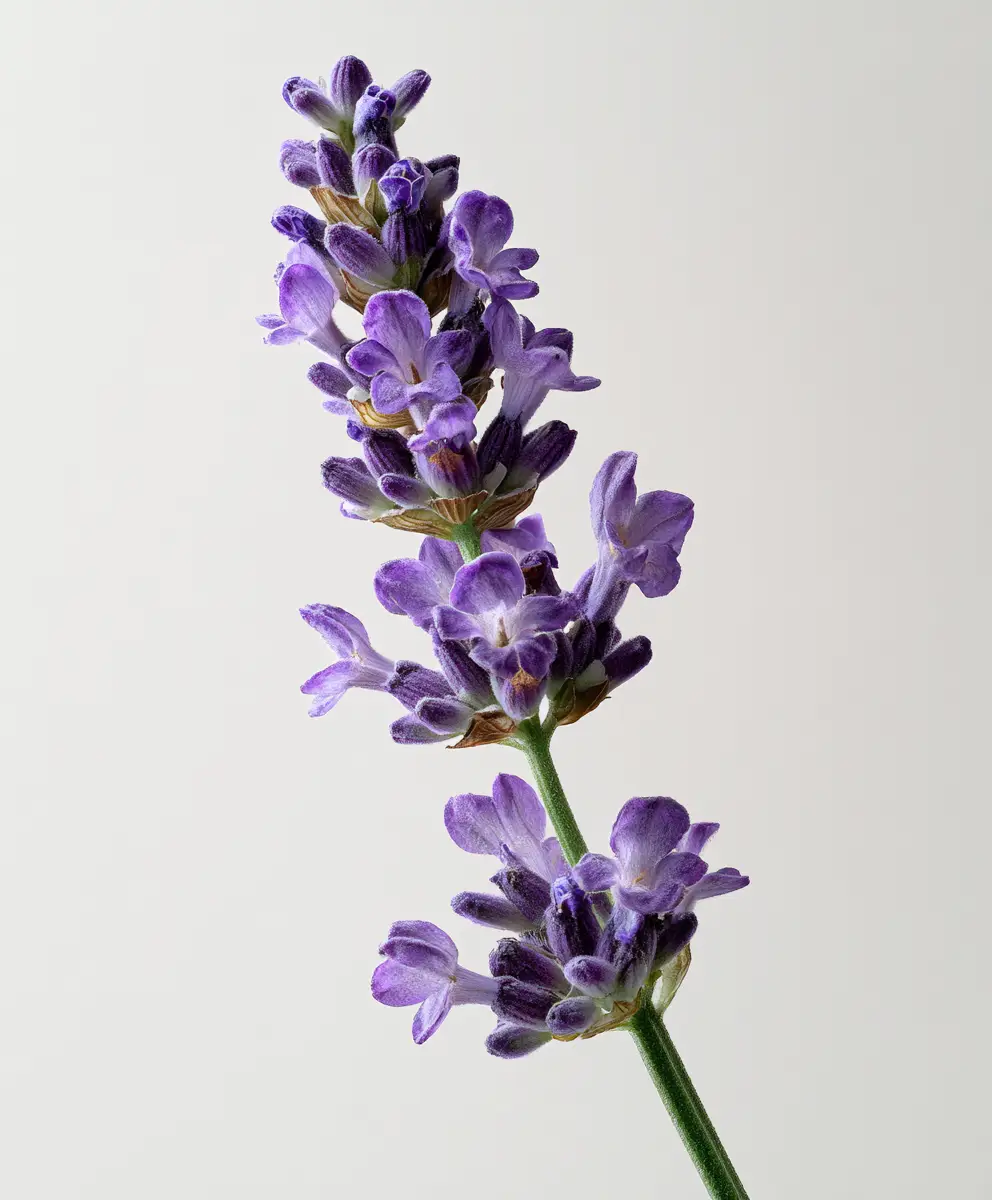
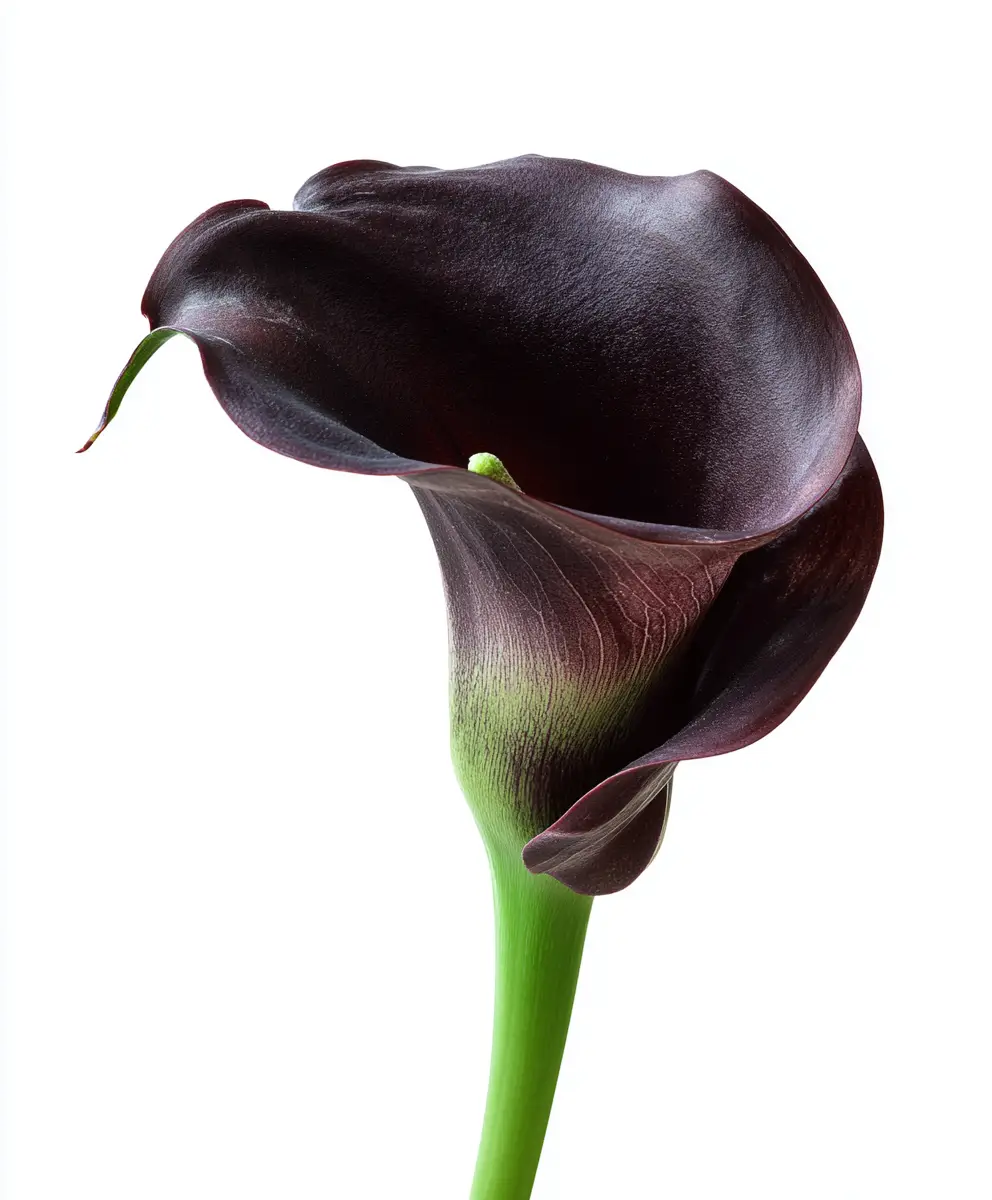
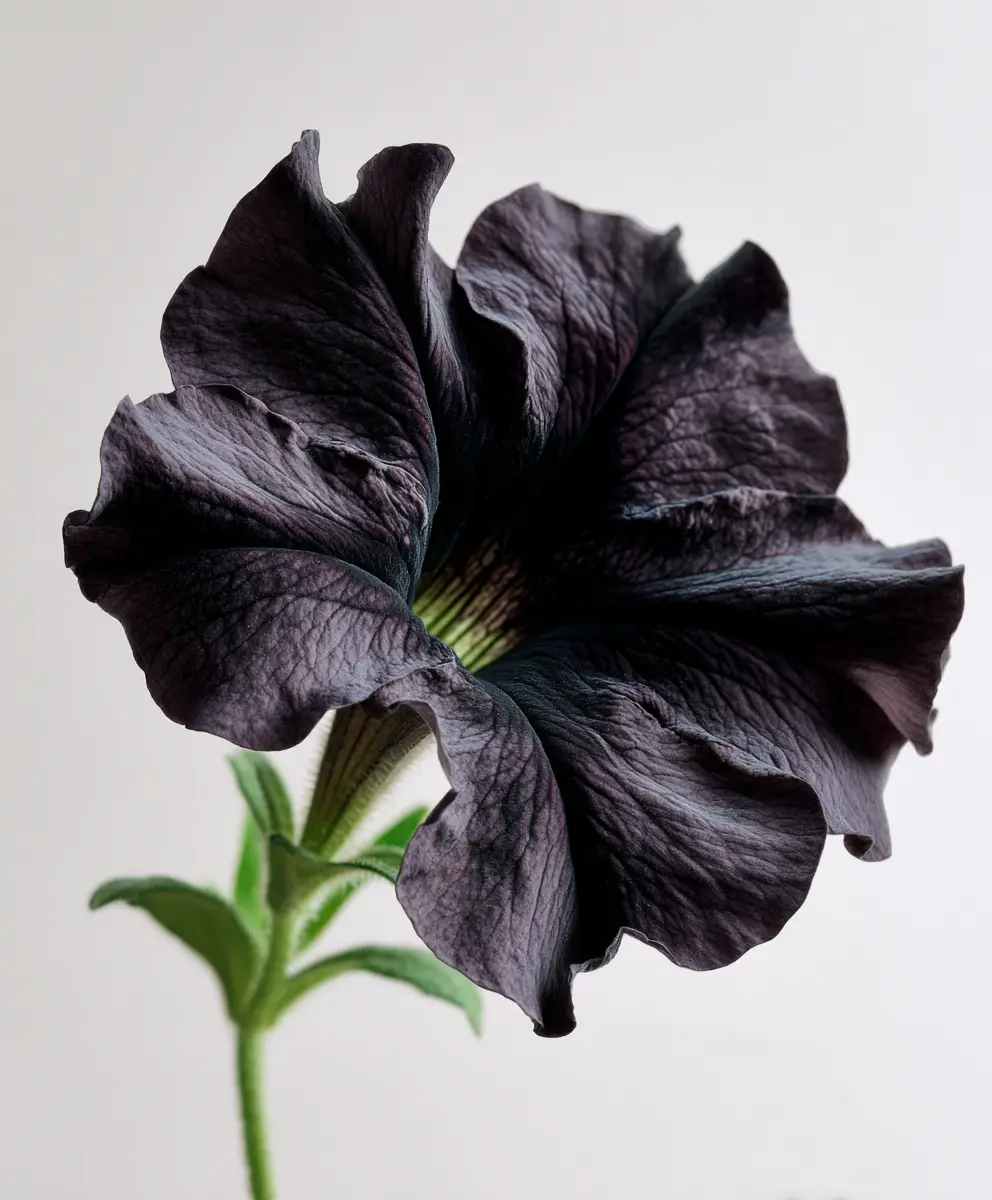
True black flowers are exceedingly rare – most are deep purples, reds, or maroons that appear nearly black. These unusual blooms add drama and intrigue wherever they are placed. Gardeners often use near-black varieties sparingly as contrast against lighter flowers or foliage, creating focal points with a mysterious allure. Though not common in nature, cultivated black petunias, hollyhocks, and calla lilies captivate collectors and give an edgy, sophisticated twist to gardens and bouquets.
Most popular black flowers:
- Black Petunia (‘Black Velvet’) – A modern petunia cultivar that sports velvety near-black petals. This annual blooms from late spring to autumn and does best in full sun with regular feeding. Often used as a novelty accent in containers or flowerbeds, Black Velvet petunias provide striking contrast against brighter blooms. Pinching off spent flowers encourages continuous blooming and a fuller shape.
- Black Calla Lily (Zantedeschia hybrid) – An elegant calla lily variety featuring chalice-shaped blooms of deep purple-black. Rising above glossy green leaves, these exotic flowers bloom in summer and make dramatic cut flowers. Black calla lilies grow from tubers planted in spring; they prefer rich, moist soil and do well in full sun to partial shade. In cooler climates, the tubers can be lifted and stored over winter.
- Black Hollyhock (Alcea rosea ‘Nigra’) – A classic cottage garden biennial bearing towering spires of single, near-black flowers (actually a very dark maroon). Black hollyhocks can reach 6-8 feet tall and often self-seed around the garden. They flourish in full sun and are fairly drought-tolerant. Staking may be needed in windy sites. These dramatic blooms attract bees and lend a gothic beauty to summer borders.
- Black Hellebore (Helleborus hybrid) – A Lenten rose cultivar with blooms in dusky, blackish-purple tones that open in late winter. Hellebores are shade-loving perennials that keep their leathery leaves year-round in mild climates. The nearly black varieties add an unexpected touch to winter gardens, nodding modestly toward the ground. Hellebores are long-lived and deer-resistant, and they often naturalize in woodland settings, providing flowers at a time of year when few others brave the cold.